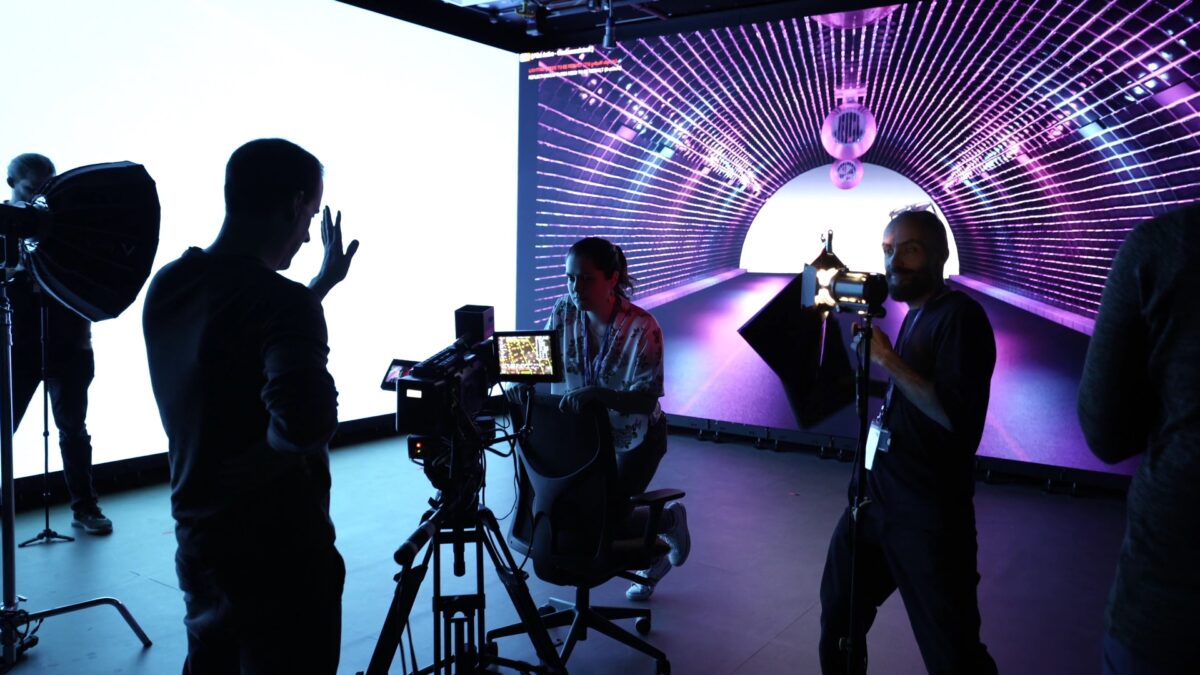
Cinema has always been a magical and transformative medium, and in recent years, technological innovations have taken this magic to new heights. From advancements in visual effects to groundbreaking developments in storytelling, the latest technologies are reshaping the landscape of filmmaking and redefining what is possible on the silver screen.
**1. Immersive Storytelling with Extended Reality (XR): Extended Reality, which includes virtual reality (VR) and augmented reality (AR), has opened up new dimensions of storytelling. Filmmakers can now transport audiences into fantastical worlds, allowing them to interact with the narrative in ways never before possible. XR blurs the lines between the on-screen story and the viewer’s reality, creating a truly immersive cinematic experience.
**2. Holographic Displays and 3D Technology: The use of holographic displays and advanced 3D technology has brought a sense of depth and realism to films. This innovation goes beyond the traditional use of 3D glasses, providing audiences with a more natural and captivating visual experience. Filmmakers are leveraging these technologies to enhance the visual impact of their storytelling.
**3. Blockchain and Film Distribution: Blockchain technology is disrupting the traditional film distribution model, offering a more transparent and decentralized approach. Smart contracts and blockchain-based platforms are empowering independent filmmakers to reach a global audience without the need for traditional intermediaries. This democratization of distribution is fostering a more diverse and inclusive cinematic landscape.
**4. Deep Learning for Visual Effects: Visual effects (VFX) have become an integral part of modern filmmaking, and deep learning algorithms are pushing the boundaries of what is achievable. From creating realistic creatures to seamlessly integrating CGI with live-action footage, deep learning enhances the quality and efficiency of visual effects, allowing filmmakers to bring their wildest imaginings to life.
**5. Interactive Cinematic Experiences: Advancements in interactive technology are transforming the way audiences engage with films. Interactive cinema experiences, where viewers can make choices that affect the narrative, are becoming more prevalent. This level of audience participation blurs the line between passive spectatorship and active involvement, creating a personalized and engaging movie-watching experience.
In conclusion, the magic of cinema is evolving with the times, embracing technological innovations that not only enhance the visual and auditory aspects but also redefine the nature of storytelling itself. As filmmakers continue to push the boundaries, the future of cinema promises even more awe-inspiring and magical experiences for audiences around the world.







